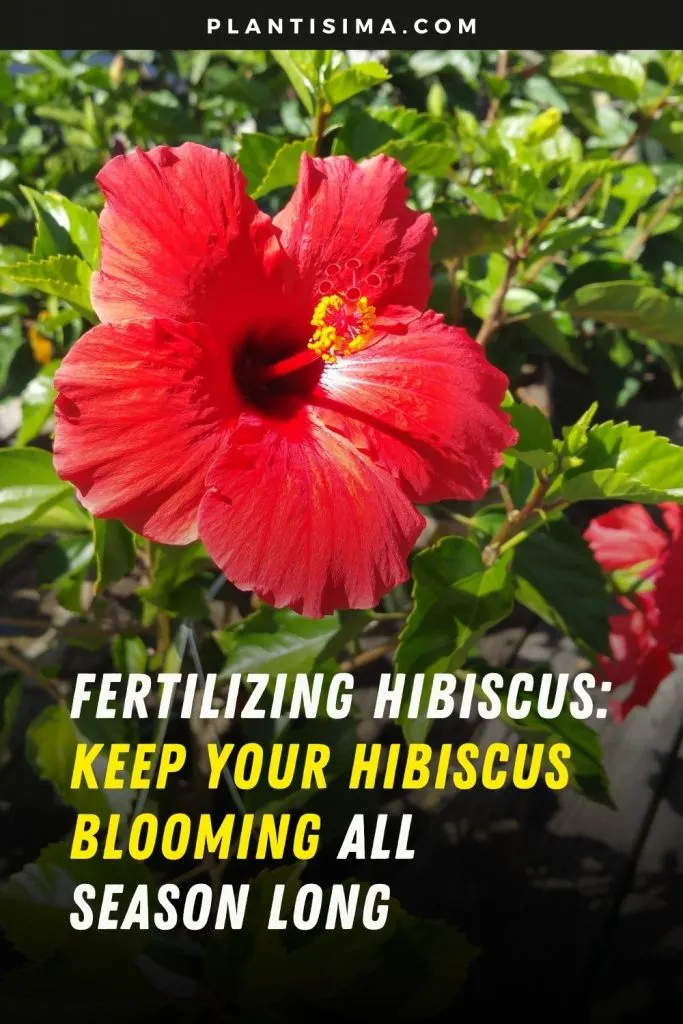Hibiscus plants, with their vibrant, show-stopping blooms, are a must-have for any garden. These tropical beauties can transform any outdoor space into a lush, colorful paradise. However, to get them to bloom consistently throughout the summer, they need a little extra care—and that means proper fertilization.
When hibiscus plants get the right nutrients, they reward you with abundant, eye-catching flowers from late spring through fall. In this guide, we’ll walk you through how to fertilize your hibiscus for optimal growth and blooming power.
Why Fertilization Is Key for Continuous Hibiscus Blooms
Hibiscus plants are heavy feeders, meaning they need regular doses of nutrients to maintain their lush foliage and vibrant blooms. Unlike some other perennials, hibiscus thrives on consistent care, and without proper fertilization, they may struggle to produce those iconic flowers.
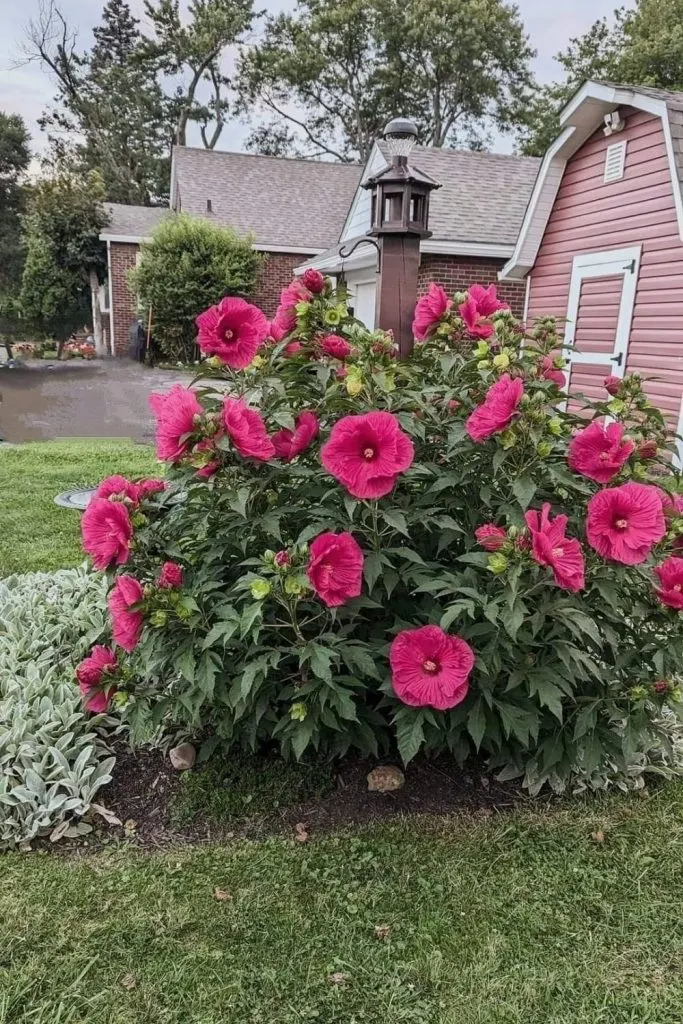
The key to continuous blooming lies in understanding your hibiscus plant’s specific nutritional needs. This involves knowing when and how to apply fertilizers and which types to choose for the best results.
Understanding Your Hibiscus Plant’s Nutrient Needs
To ensure your hibiscus blooms all summer long, it’s essential to provide a well-balanced mix of nutrients. Each of these nutrients plays a crucial role:
• Nitrogen (N): Stimulates lush, green foliage growth. While nitrogen is essential, too much can result in leafy plants with few blooms.
• Phosphorus (P): The star nutrient for flower production. This nutrient helps develop strong roots and large, vibrant flowers.
• Potassium (K): Enhances disease resistance, boosts overall plant health, and supports robust growth.
The best fertilizers for hibiscus are those with a balanced N-P-K ratio, such as a 10-10-10 or 14-14-14 blend, which provides equal amounts of all three nutrients. If you’re looking to encourage more blooms, opt for a fertilizer with a slightly higher phosphorus content, such as 10-20-10.
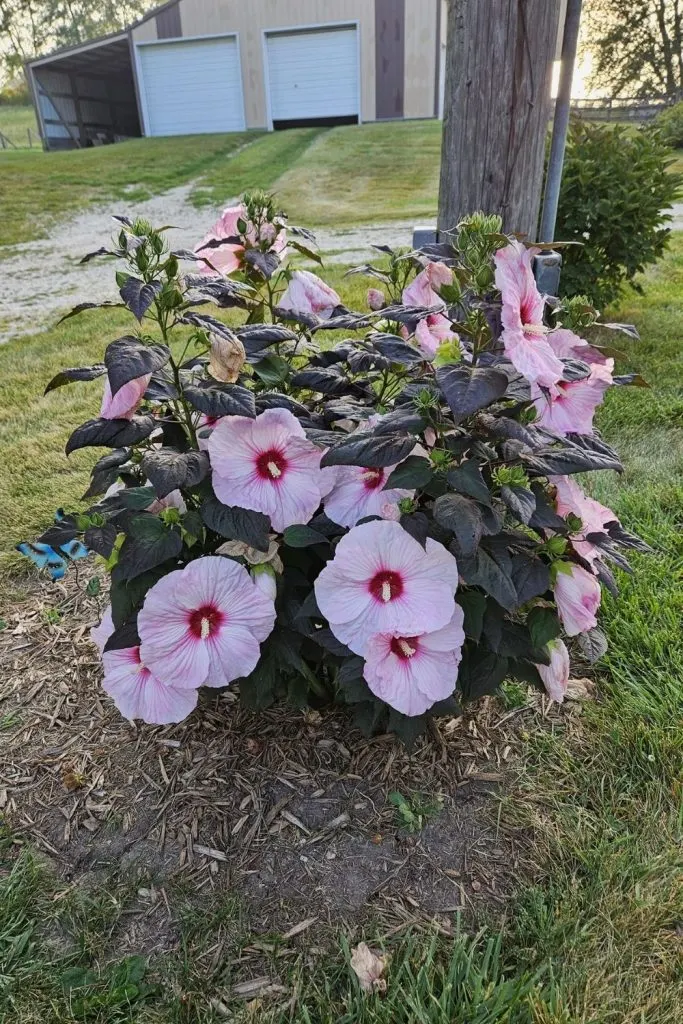
Pro Tip: Soil Matters, Too!
Hibiscus thrives in slightly acidic to neutral soil (pH 6.0-7.0). Test your soil’s pH before fertilizing to ensure optimal nutrient absorption. If the pH is too high or too low, your plant may struggle to access the nutrients in the soil, no matter how well you fertilize.
Choosing the Right Fertilizer for Your Hibiscus
When it comes to hibiscus fertilization, not all fertilizers are created equal. Here’s a breakdown of your options:
Slow-Release Granular Fertilizers
These fertilizers release nutrients slowly over time, providing consistent feeding for your hibiscus. They are ideal if you prefer a low-maintenance approach. Apply slow-release granules in early spring, and then again in mid-summer for a steady nutrient supply throughout the growing season.
Water-Soluble Fertilizers
Water-soluble fertilizers are dissolved in water and can be applied directly to the plant’s roots or sprayed on the leaves. This type of fertilizer allows for faster absorption, making it a great option for gardeners who want immediate results. You can apply this every two weeks during the blooming season.
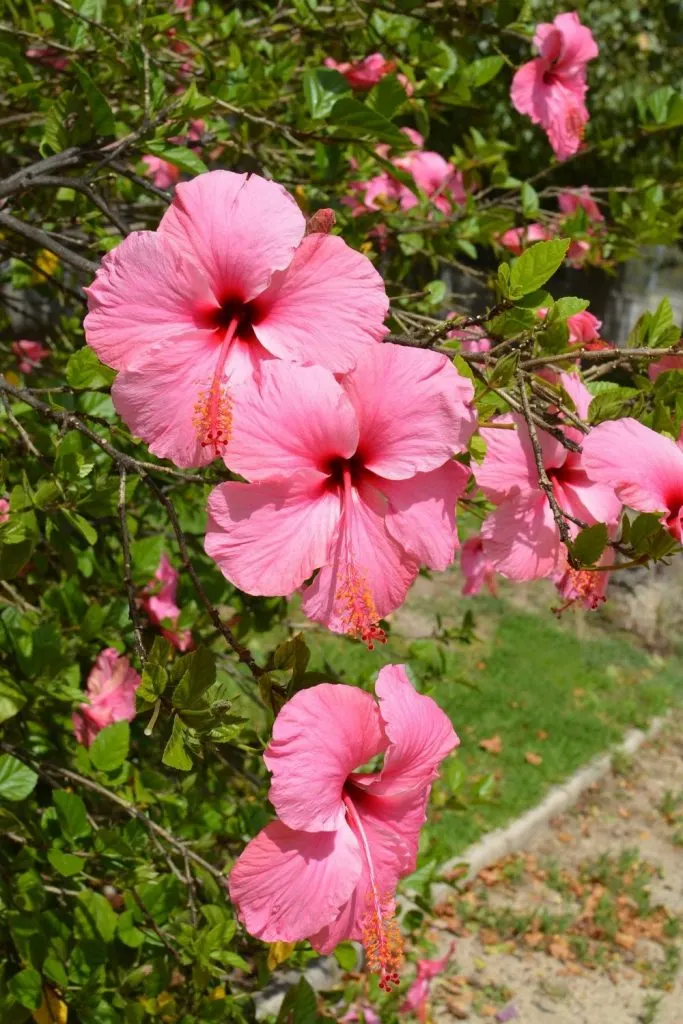
Organic Fertilizers
Compost, worm castings, and well-rotted manure provide a natural source of nutrients for your hibiscus. Although they release nutrients more slowly than chemical fertilizers, they improve soil health and structure, making them a fantastic eco-friendly option. Simply incorporate organic matter into the soil around your hibiscus and reapply periodically throughout the growing season.
Fertilizer Tips:
• Don’t Overdo It: Over-fertilization can lead to salt buildup in the soil, which harms your hibiscus. Follow package instructions and avoid applying too much fertilizer at once.
• Micronutrients Matter: Look for fertilizers with micronutrients like iron, magnesium, and manganese to support overall plant health.
How to Fertilize Your Hibiscus for Maximum Blooms
Now that you’ve selected the right fertilizer, it’s time to apply it correctly. Here’s a step-by-step guide:
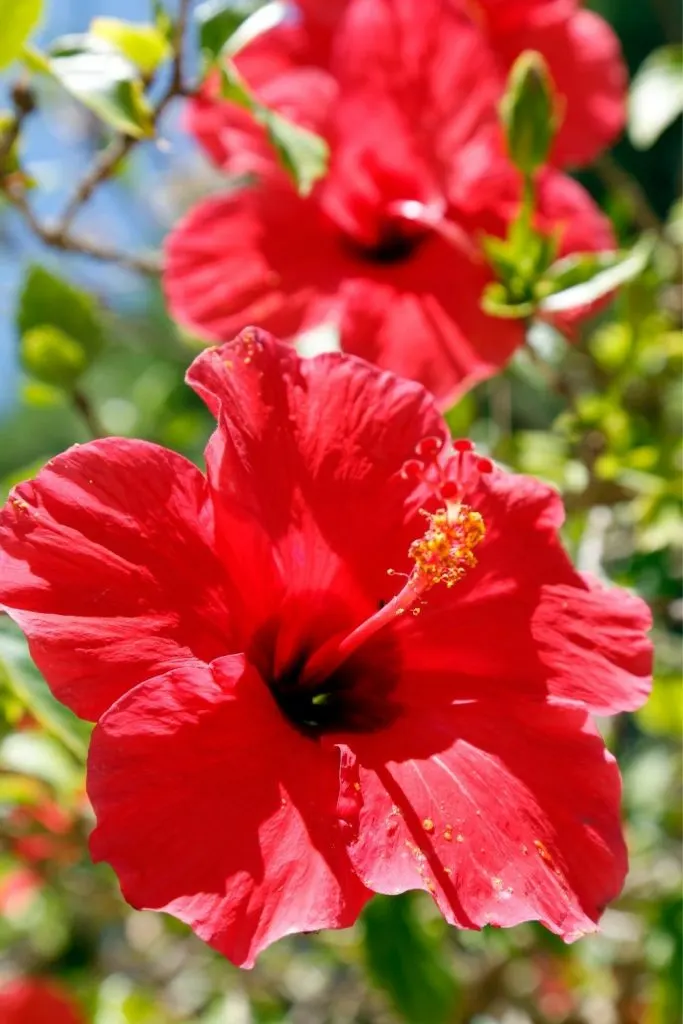
1. Start Fertilizing Early
Begin applying fertilizer in early spring as soon as your hibiscus shows signs of new growth. This will jumpstart the plant’s growing season and ensure it has the energy to produce blooms.
2. Fertilize Regularly
To keep your hibiscus blooming all summer long, fertilize every two weeks during the growing season (spring through fall). Use a high-potassium, water-soluble fertilizer for the best results.
3. Water After Fertilizing
After applying fertilizer, water your hibiscus thoroughly. This helps the nutrients soak into the soil and reach the plant’s roots. Keeping the soil consistently moist (but not waterlogged) is crucial for hibiscus health and flowering.
4. Monitor the Plant’s Health
Keep an eye on your plant’s foliage and flowers. Yellowing leaves may indicate over-fertilization, while a lack of blooms could mean your hibiscus isn’t getting enough phosphorus. Adjust your fertilization schedule accordingly.
Encourage Hibiscus Blooms Through Pruning
Fertilization isn’t the only trick for getting your hibiscus to bloom all season. Proper pruning plays a vital role as well. By cutting back dead or damaged branches, you allow your plant to focus its energy on new growth and flower production.
When and How to Prune
• Prune in late winter or early spring before the growing season begins.
• Remove any dead or damaged branches to promote healthy growth.
• Shape the plant by trimming overgrown areas to encourage airflow and sunlight exposure.
Proper pruning will not only help your hibiscus bloom but also prevent common pests and diseases that can harm your plant.
Avoid Common Fertilizing Mistakes
Many gardeners make a few common mistakes when fertilizing hibiscus plants. Here’s what to avoid:
Over-Fertilizing
Too much fertilizer can lead to excessive leaf growth at the expense of flowers. It can also cause salt buildup in the soil, which can damage the roots. To prevent this, stick to the recommended dosage and frequency.
Using the Wrong Fertilizer
Not all fertilizers are suitable for hibiscus. Avoid using high-nitrogen fertilizers designed for lawns or leafy plants, as these will produce lush foliage but fewer blooms. Instead, choose fertilizers designed specifically for flowering plants or hibiscus.
Inconsistent Application
Hibiscus plants need regular feeding throughout the growing season. Skipping fertilization can result in weak plants with fewer blooms. Keep a consistent fertilizing schedule for the best results.
Winter Care and Prepping for Next Season
If you live in a colder climate, your hibiscus may need extra care to survive the winter. Bring potted hibiscus plants indoors or cover outdoor plants with mulch to protect their roots from frost.
In early spring, remove the mulch and give your hibiscus a fresh application of slow-release fertilizer to encourage new growth.
Your Guide to Hibiscus Happiness
With the right care, your hibiscus can provide stunning, vibrant blooms all summer long. By understanding your plant’s nutritional needs, choosing the right fertilizer, and applying it consistently, you’ll set the stage for a hibiscus garden that thrives.
And don’t forget—pruning, proper watering, and pest control are just as important for maintaining a healthy, blooming plant. Whether you’re growing hibiscus in containers or directly in the ground, these tips will ensure your garden is bursting with color from spring to fall.
